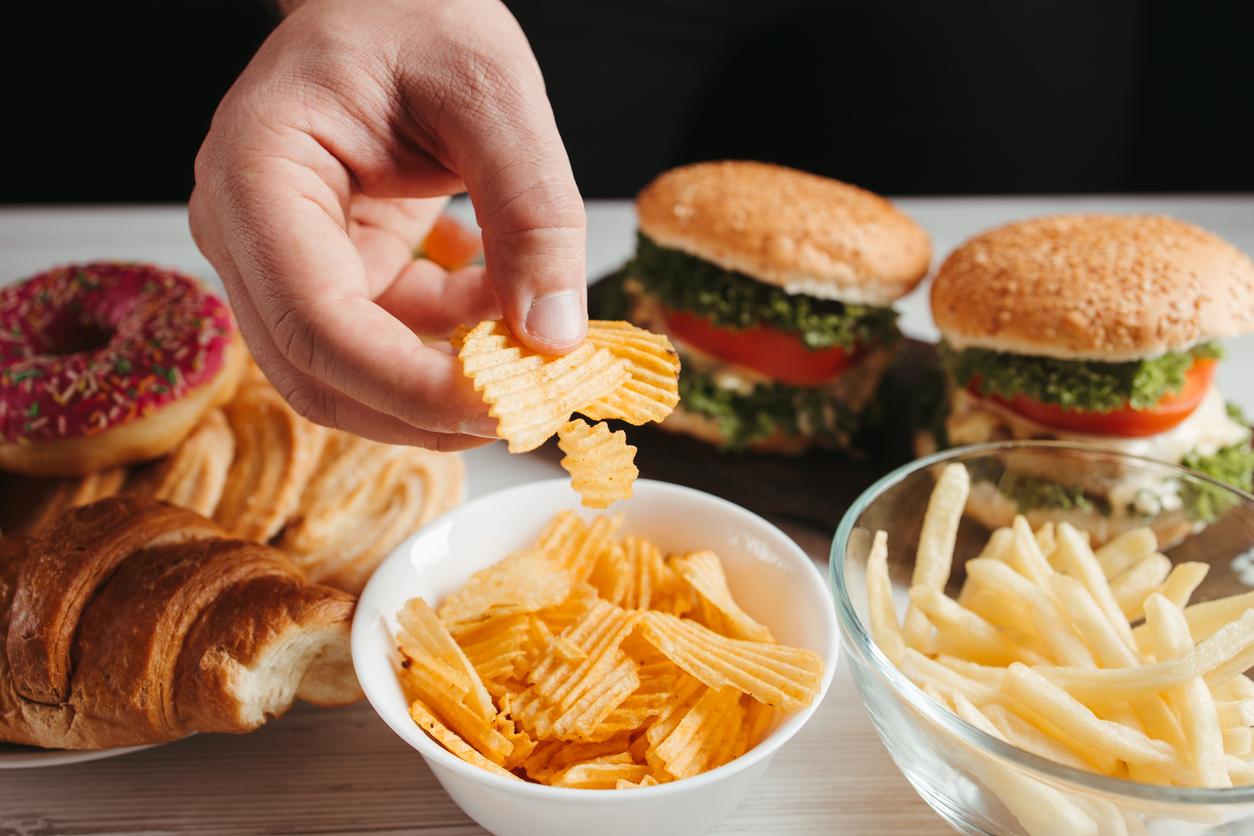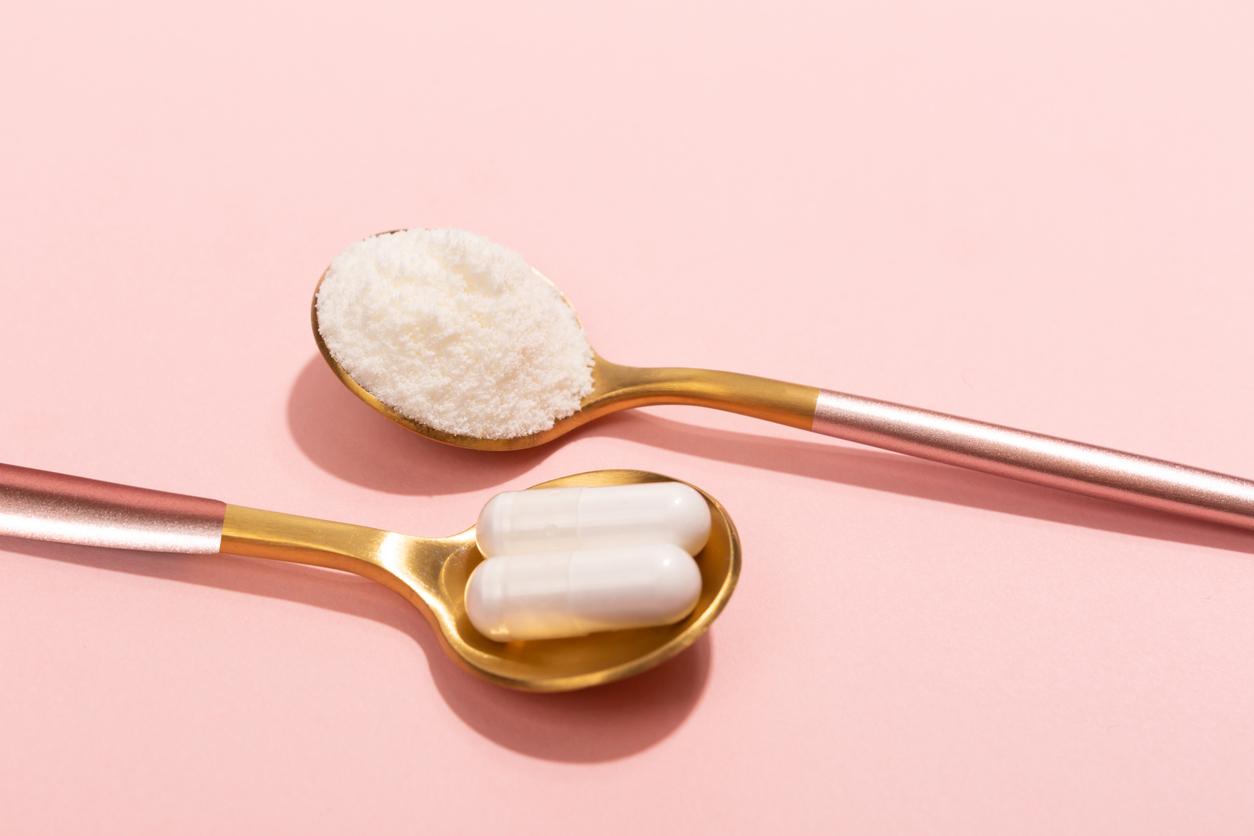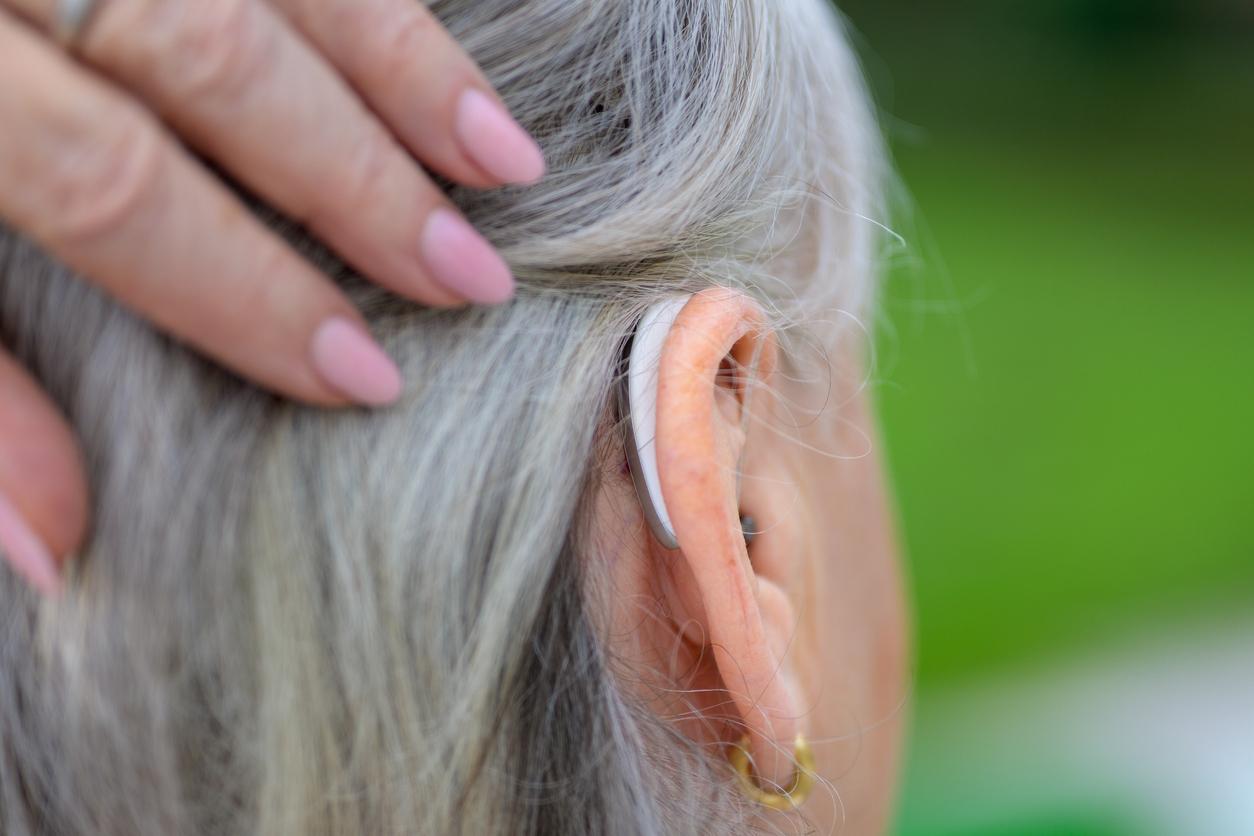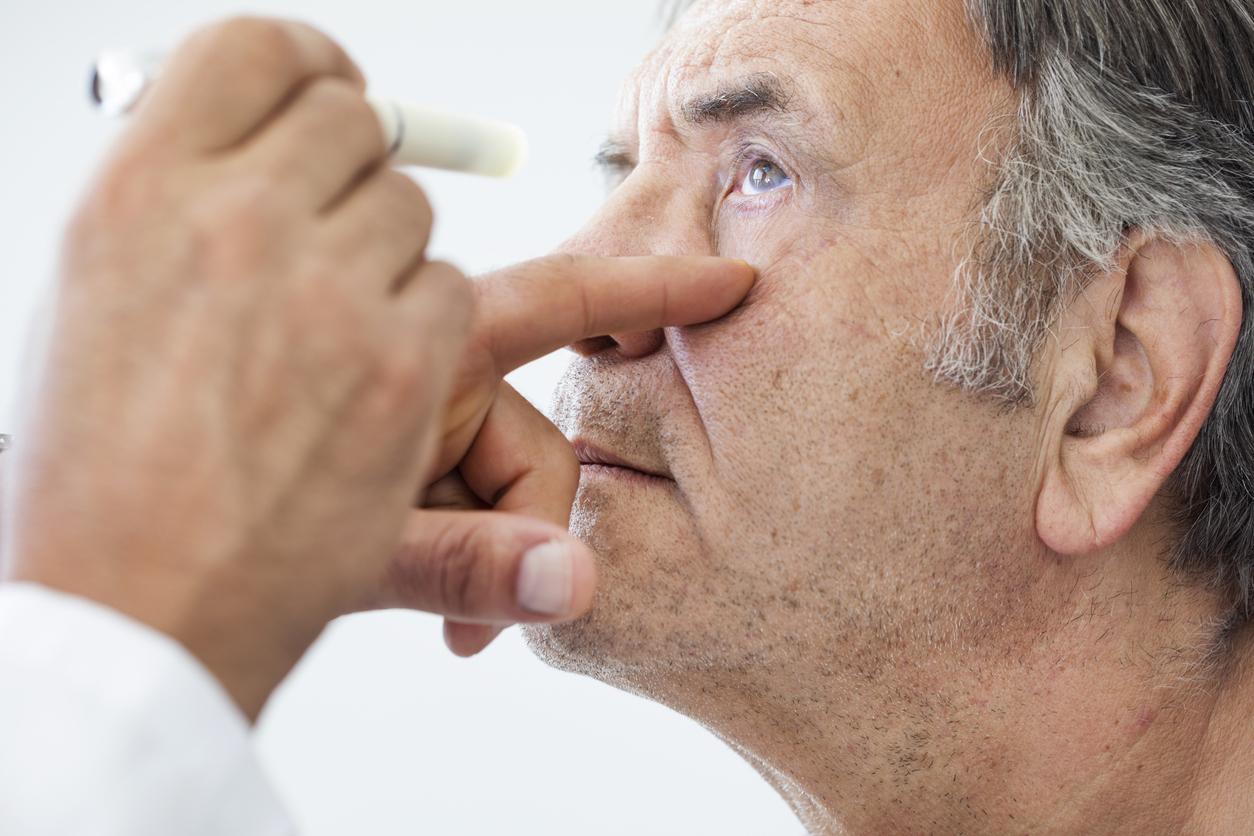INRAE scientists have developed an artificial mouth with the help of Japanese researchers to reproduce and better understand the processing of soft foods.
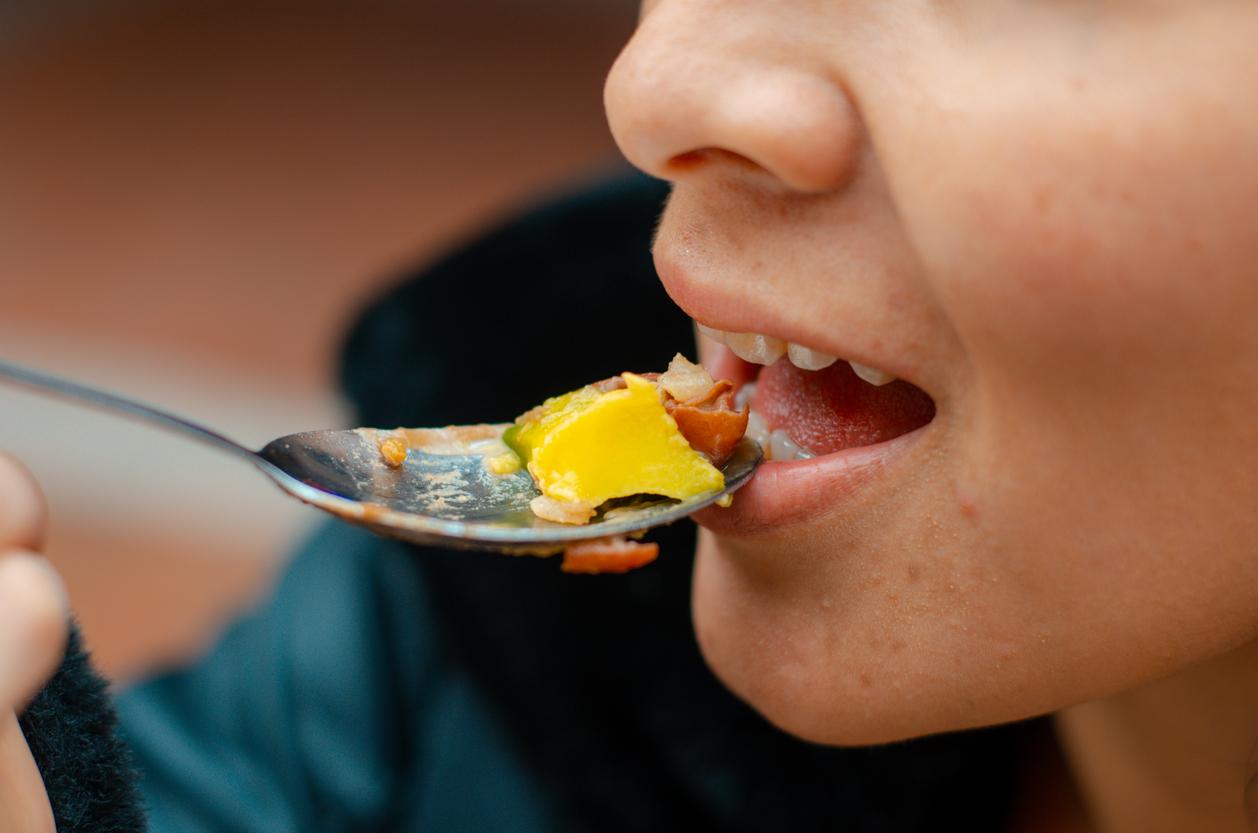
- INRAE researchers have invented an artificial mouth.
- It features a silicone tongue to reproduce the elasticity, wettability and roughness of the human tongue.
- The device helps to better understand the processing of soft foods.
To better understand the mechanisms of food transformation in the mouth, we would need to be able to directly observe a person chewing “from the inside”. This being very difficult, if not impossible, scientists from INRAE and Fujita Health University (Japan) have imagined another solution: an artificial mouth.
Their results were published on October 15 in the journal Scientific Reports.
Artificial mouth: a silicone tongue that reproduces all movements
Based on anatomical data measured at Fujita Health University, researchers have developed this device reproducing the different stages of food transformation during the absorption of a meal. It includes a programmable tongue, capable of simulating contractions and movements observed in humans. The latter is made with a silicone reproducing the elasticity, wettability and roughness of the organ. “It includes 3 cavities which are inflatable and deflatable by compressed air, in order to precisely reproduce the movements which could be measured by ultrasound in humans”indicate the scientists in their press release.
The team reports having tested its artificial mouth with three commercially available soft foods: a cream dessert, a chocolate mousse and a chocolate fondant. Conclusion: In terms of firmness, adhesive and cohesive properties and viscosity during shearing processes between the tongue and palate, the results obtained are similar to the in vivo data collected.
An innovation to find solutions to pathologies linked to aging
According to the authors of the scientific article, the artificial mouth will help them study the dynamics of oral food processing. The device could also facilitate the development of food products adapted to the needs of patients suffering from pathologies linked to aging, such as sarcopenia or salivation or swallowing disorders. Indeed, many elderly people experience eating difficulties or health problems because of these disorders.
Furthermore, the team is seeking to improve the device so that it is as close as possible to a human mouth. She is already working on adding the chewing process into the device.










